Hotel Chocolat is perhaps one of the most vertically integrated brands around.
It came into existence in 2003 as the latest iteration of the business that Angus Thirlwell and Peter Harris started in 1993, when they began selling mints as “MMC”. A few years later, they moved into the market that they were both truly passionate about – chocolate – and rebranded as “Geneva Chocolates”.
Their stated objective was to make chocolate that really excited the senses and to make that chocolate widely available. To that end, they start selling chocolates online, becoming one of the UK’s earliest “e-tailers”, predating the likes of Amazon and eBay. Another change of name followed, this time to “Choc Express”.
In 1998, they launched the Chocolate Tasting Club, a subscription-based service which allows members to receive, taste and test chocolates every month. It is still running and has around 100,000 members.
In 2003, Choc Express rebranded as Hotel Chocolat and in 2004 launched its first retail store in the centre of … London? New York? Paris? Geneva? – no, Watford. 
It was a showcase for their unique take on chocolate, an approach that didn’t follow the accepted ‘rules’ of the market…
Those rules said that a slab of chocolate should be regular and divided into bite-sized pieces, Angus and Peter made curvy and iconic Giant Slabs.
When they started making Easter Eggs, they were advised by experts to make them as thin as possible and put the chocolates on the outside. They did the opposite – making really thick shells with all of the chocolates hidden inside for extra excitement.
Long before the recent trend for more cocoa and less sugar had started they were already doing it. Their house-grade milk chocolate was 50% cocoa, and their white chocolate was 36% cocoa, well above the averages at the time.
Despite breaking all these rules, the store was a huge success and others quickly followed in other towns and cities across the UK and later in the USCA and Europe.
In 2005, a loyal customer sent Angus a book she had found while tidying her husband’s study. She thought he might be interested, little did she know how interested.
 It was a 1920 edition of “Cocoa & Chocolate, Their History from Plantation to Consumer”. It told the history of cocoa growing in the West Indies. It touched a nerve with Angus who had he spent part of his childhood there and wanted to link the brand more closely with its roots – literally and metaphorically.
It was a 1920 edition of “Cocoa & Chocolate, Their History from Plantation to Consumer”. It told the history of cocoa growing in the West Indies. It touched a nerve with Angus who had he spent part of his childhood there and wanted to link the brand more closely with its roots – literally and metaphorically.
An intensive search began. A search that included several islands, before Angus and Peter found The Rabot Estate in Saint Lucia. They both fell in love with the estate and bought it in April 2006.
The brand now grew some of its cocoa, made its own chocolates, developed its own new recipes and sold them in its own shops, but this vertical extension of the brand was only just beginning.
In 2011, Hotel Chocolat lived up to its name and opened its own hotel – the Boucan Hotel. It sits on the edge of the Rabot Estate, perched high up in the Piton Mountains. The luxury hotel and spa has six lodges and a cocoa-inspired Boucan Restaurant. It too is a success and people fly in from around the world to enjoy the food.
In 2014, Angus and Peter decided to bring the cocoa plantation experience to Britain, and launched two new restaurants in London and Leeds.
Not content with that, they also launched their School of Chocolate at Cocoa Vaults in Covent Garden, London, where they offered chocolate-making sessions, tasting events and bespoke parties for everyone, from chocolate loving kids to cocoa addicted corporate teams.
In 2015, they published their first cookbook ‘A New Way of Cooking with Chocolat’ providing the recipes and tips so anyone can have a go at making some of their award-winning dishes in their own homes.
Not surprisingly, Angus loves his job. “I count myself as one of the luckiest people around – to work every day in a business that lives by my obsessions for chocolate, true creativity and honest ingredients, and which also has a link back to my childhood in the West Indies through our cocoa estate in Saint Lucia”.
It is a job that is the envy of millions of chocolate lovers.



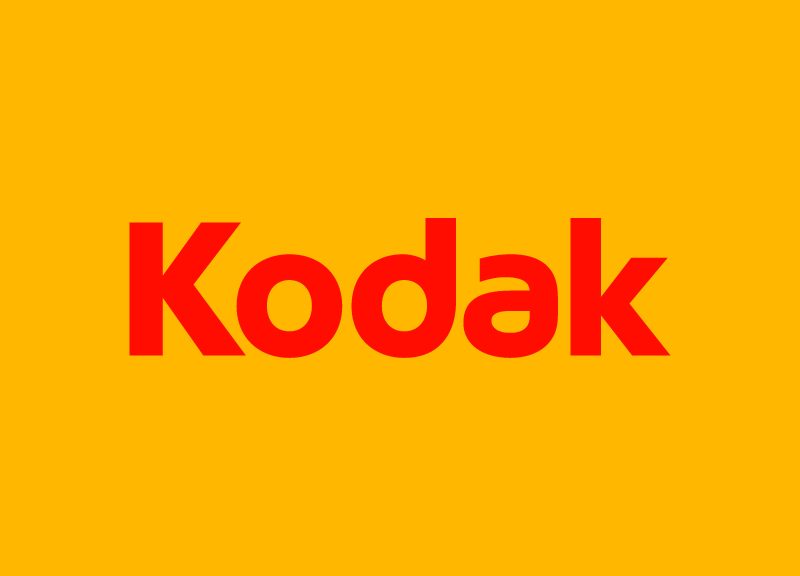
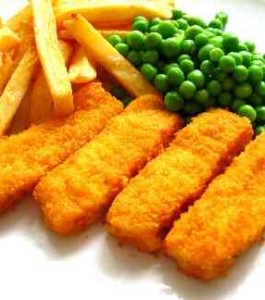



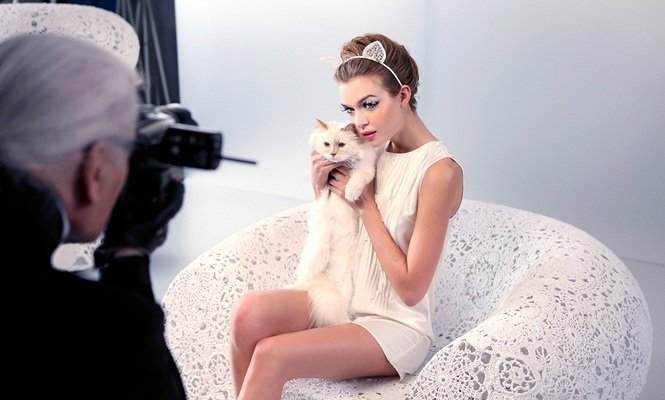



 It was a 1920 edition of “Cocoa & Chocolate, Their History from Plantation to Consumer”. It told the history of cocoa growing in the West Indies. It touched a nerve with Angus who had he spent part of his childhood there and wanted to link the brand more closely with its roots – literally and metaphorically.
It was a 1920 edition of “Cocoa & Chocolate, Their History from Plantation to Consumer”. It told the history of cocoa growing in the West Indies. It touched a nerve with Angus who had he spent part of his childhood there and wanted to link the brand more closely with its roots – literally and metaphorically. 



 They hired a four foot five inch dwarf dressed as a punk and, armed with an array of placards bearing slogans like “Size matters” and “Small for all”, they started a week long protest at Westminster and No. 10 Downing Street. They called it “The World’s Smallest Protest”. A petition and social media campaign were simultaneously launched.
They hired a four foot five inch dwarf dressed as a punk and, armed with an array of placards bearing slogans like “Size matters” and “Small for all”, they started a week long protest at Westminster and No. 10 Downing Street. They called it “The World’s Smallest Protest”. A petition and social media campaign were simultaneously launched.
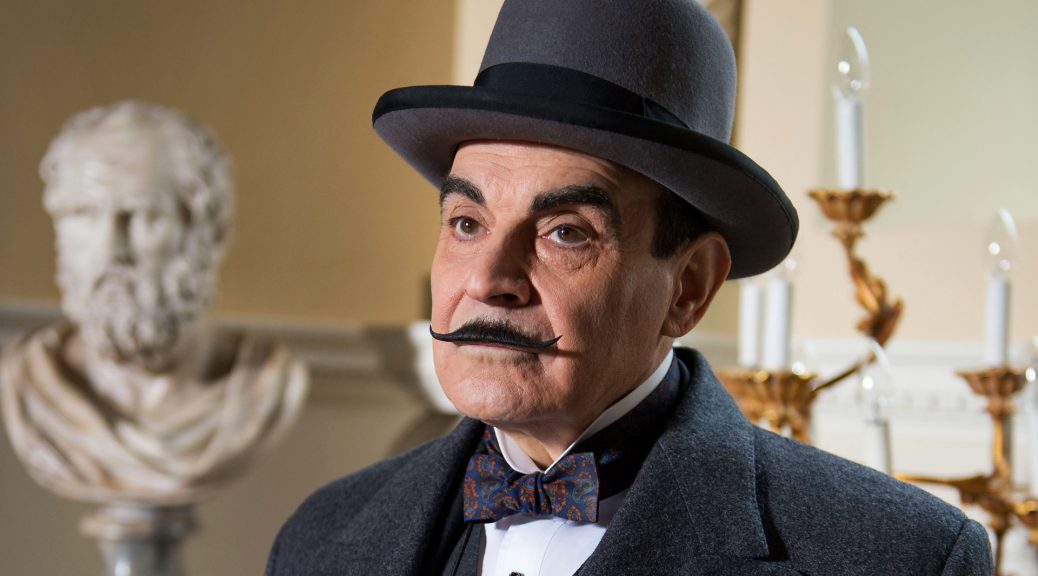




 The story of Sara Blakely, which I called “The billion dollar butt” – a movie title if ever I heard one – is the story of a woman who is actually grateful for cellulite and back fat. That’s because Blakely turned an idea and the $5,000 she had saved from selling fax machines into a $250-million-a-year business and when asked where that idea came from she candidly replied. “My inspiration was my own butt”
The story of Sara Blakely, which I called “The billion dollar butt” – a movie title if ever I heard one – is the story of a woman who is actually grateful for cellulite and back fat. That’s because Blakely turned an idea and the $5,000 she had saved from selling fax machines into a $250-million-a-year business and when asked where that idea came from she candidly replied. “My inspiration was my own butt” 


 And without wanting to destroy the myth, Macy’s Santa has the magical ability to appear simultaneously at up to six different workshops inside the New York Santaland alone, and to remain supernaturally spotless; he relies on 30 identical everyday suits and four flight suits.
And without wanting to destroy the myth, Macy’s Santa has the magical ability to appear simultaneously at up to six different workshops inside the New York Santaland alone, and to remain supernaturally spotless; he relies on 30 identical everyday suits and four flight suits.
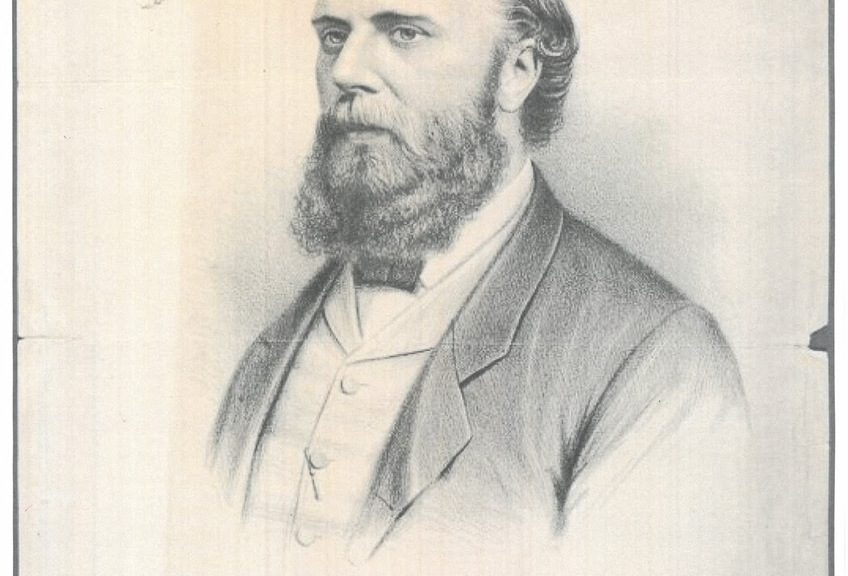
 He went on to write two other books “The Perfumed Almanac, Recollections of the Paris Exhibition of 1867”, and what became a Victorian best-seller, “Scented Valentines”.
He went on to write two other books “The Perfumed Almanac, Recollections of the Paris Exhibition of 1867”, and what became a Victorian best-seller, “Scented Valentines”.

